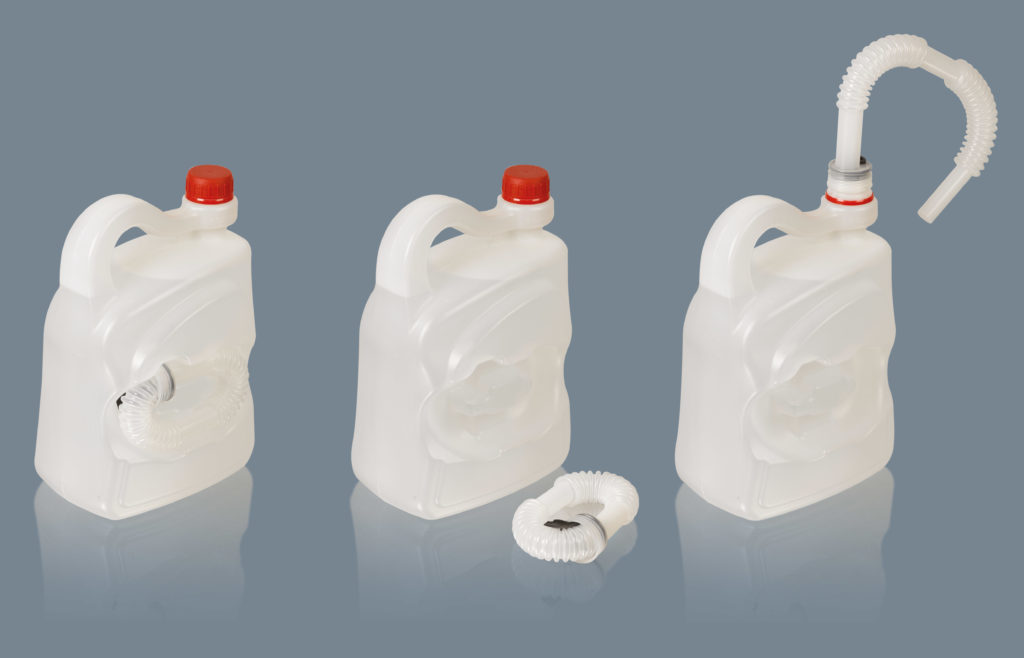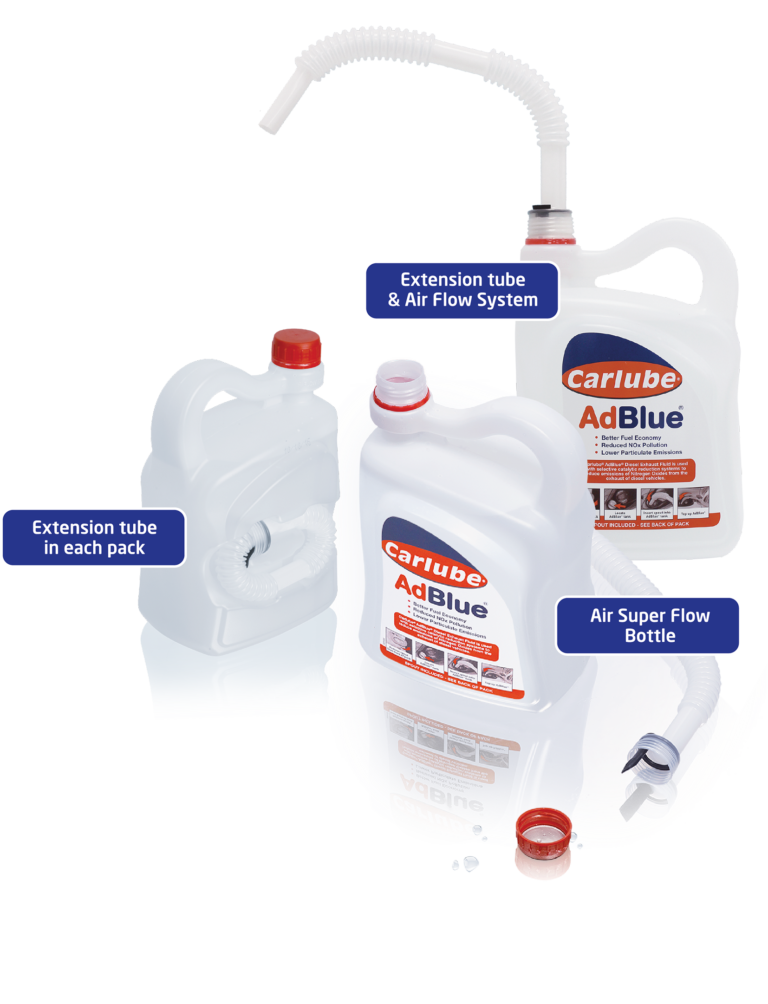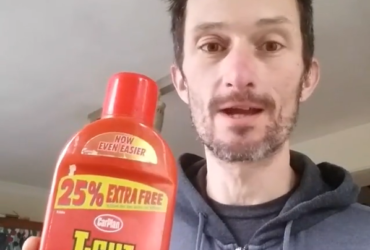AdBlue Explained
Tetrosyl launched AdBlue under the Carlube brand back in 2009, however, it is only recently that AdBlue has come to the forefront of many diesel driver’s minds, but many still do not know what it is, what it does and why your diesel car needs it.
So, what is it?
AdBlue is a DEF (Diesel Exhaust Fluid) which assists in reducing the harmful nitrogen-oxide emissions that are produced by diesel engines. The introduction of this clever chemical is to aid car manufacturers in combating the ever-stricter emission targets such as Euro 6. This was phased in from 2015 to help limit the impact on the environment and human health.
A small number of diesel cars were manufactured in 2009 that require AdBlue, however, it was only more recently in 2015 that this addition to vehicles started to become commonplace to the diesel car industry. AdBlue works by having very small quantities of DEF injected into the SCR (Selective Catalytic Reduction) system which converts the harmful emissions into harmless ones.
This technology has already been used for several years in heavy duty commercial vehicles and is proven in its effectiveness and reliability.
What is AdBlue made of?
A colourless, non-toxic liquid, AdBlue is fundamentally made up of a water and urea. In this instance, the urea is a remarkably pure, and of a much higher grade than that commonly found in glue, fertilisers or cosmetics. The water that is used is demineralised, which is cleaner than what comes out of a regular tap.
Does your car need it?
Firstly, as we are sure you have gathered from the above, your car will only need AdBlue if it runs on diesel. Secondly, the more recent your car has been manufactured, the more likely it is to require AdBlue.
- Familiarise yourself as to where the filler cap is. This varies dependent on the make and model. Your owner’s manual will inform you of where it is, if you cannot locate this information, it is possible your car does not have an SCR and therefore does not require AdBlue (not all diesel cars do) – although clarifying with your dealer is always recommended.
- It is possible, if you do not cover a lot of mileage, the garage will check the level at each service and inform you of whether it needs topping up, and will offer to do this for you. However, if you are a high mileage driver, it is likely that at some point you will encounter the need to top up yourself, this will flag up via the warning light.


- When the warning light comes on, this will stay on and you will get several reminders along with the amount of mileage you can cover before the car will no longer start. So, before that happens, make sure you top your car up with AdBlue. It is available to buy from nearly all petrol stations, supermarkets and car accessory specialists.
It is relatively easy to top up AdBlue. Generally, the filler cap is located next to the fuel cap or in the floor of the boot, again, check your handbook to be certain. Carlube AdBlue, comes with a specially designed spout that slots into the AdBlue filler cap, which means you should not encounter any spillage or contamination if used correctly.
If, once you have topped up, there is still some AdBlue left in the container, we would recommend disposing this. Partially used product could degrade over time, some of the water may evaporate, meaning it will no longer meet the high specification it did when first opened.
On very few occasions, the warning light may not go out on the vehicle once you have topped up, this could be due to a small number of factors such as not putting enough AdBlue in the vehicle or a potential issue with the cars electronics. This is not generally something to worry about, however, it has been noted that on some occasions, consumers have been informed that the light has not gone out due to using ‘sub-standard AdBlue’ or ‘it’s the wrong spec’ and therefore been charged £££’s to drain the vehicle and re-fill it, when all that needed to be done was to re-set the light.
The correct spec for AdBlue is ISO 22241 (occasionally this may appear with -1, -2 or -3 at the end) which Carlube meets fully and is noted on the back of every pack.
Carlube AdBlue is available in 3.5, 10 and 20 litre containers.
Hopefully, you will now be savvier when it comes to AdBlue, but if you have any questions we’re always happy to help.
Follow us

